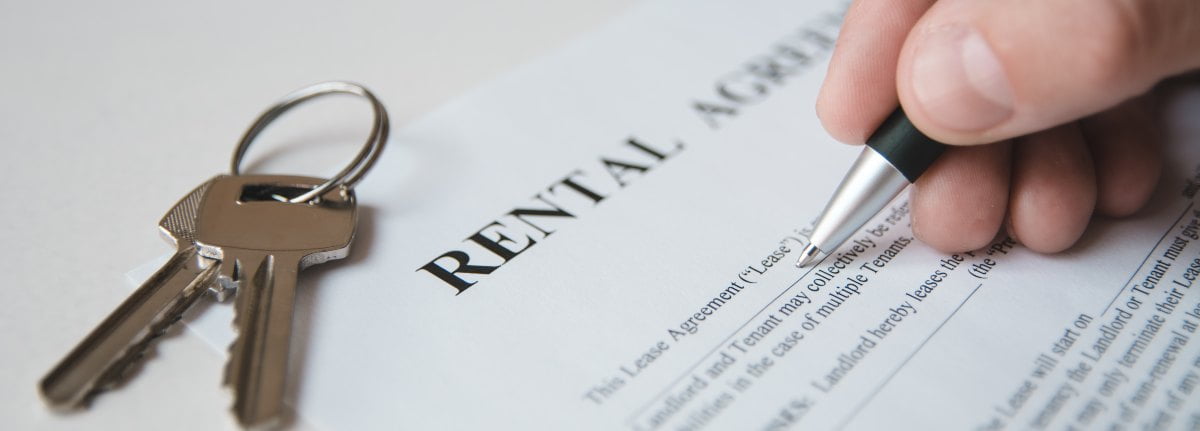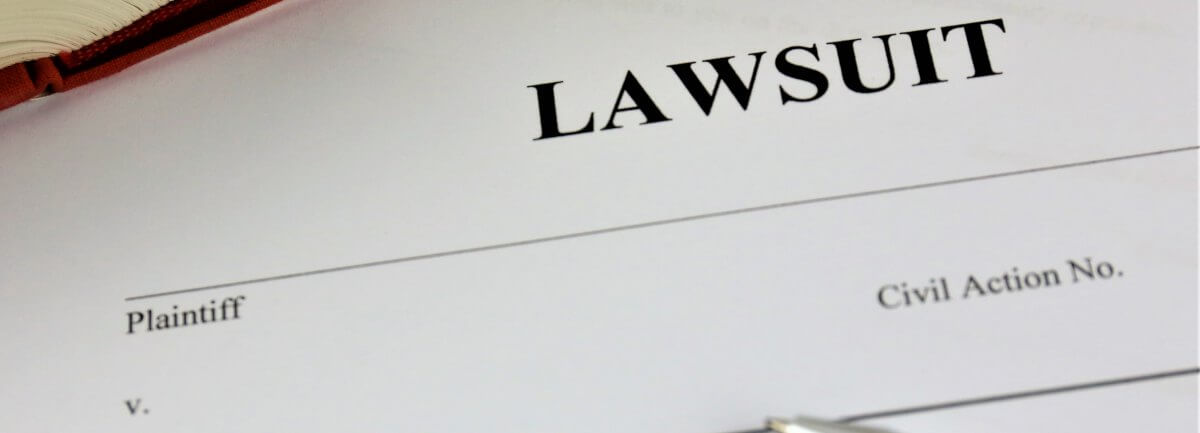Can I Sue My Apartment Complex for Negligence That Led to an Injury?
Landlords in Ohio have many legal obligations to their tenants. Some of those obligations include keeping common areas safe and complying with all building safety codes. When landlords do not fulfill these obligations and tenants get hurt, there may be grounds for a negligence claim.
If you were injured at your apartment complex and you think the accident could have been prevented, call Friedman, Domiano and Smith today to discuss possible legal options. The apartment complex/landlord could be liable for your medical costs and other damages.
Our firm has been representing injured victims in Northeast Ohio for decades, and we do not charge any upfront fees. Our Cleveland premises liability lawyers are ready to assist you.
When Could Landlords Be Responsible For a Tenant’s Injury?
There are many types of landlord negligence cases involving a wide variety of accidents and dangerous situations. However, every situation must be evaluated on its own to determine if an apartment complex or landlord may be liable for injuries and damages to the victim. That is why victims should discuss things with an experienced attorney.
These are some common examples of situations that could give rise to personal injury claims against landlords:
Dangerous Conditions in Common Areas
Once you step outside of your apartment, you are probably in a common area. Just about anything that is outside of your living space is a common area that the landlord is responsible for maintaining.
For example, if your apartment complex has a playground, all the equipment on the playground needs to meet applicable safety standards. If it does not meet safety standards and an injury occurs, the owner of the complex could be held liable.
Apartment complexes often have community grills that residents can use for cooking. If the grill presents an unreasonable risk of a fire because it has not been properly maintained, the property owner could be liable for any injuries that result.
Other hazardous conditions in common areas could include:
- Broken or missing stairway railings
- Slippery walkways and sidewalks
- Broken steps on a staircase
- Damaged sidewalks that are unsafe to walk on
- Unsalted walkways in winter months
- Broken railing on an apartment balcony
Accidents in Elevators
A lot of apartment buildings do not have elevators, but if they do, the apartment complex must make sure the elevators are safe to use. For example, you should be able to safely enter and exit the elevator. However, the threshold may have fallen into disrepair, and it may be a tripping hazard.
Other examples of elevator accidents include:
- Doors closing without warning, which can cause broken bones and crush injuries
- The elevator stopping suddenly, causing neck, back or even head injuries
Negligent Security Cases
Sometimes tenants are injured while someone else is committing a crime, such as breaking into an apartment or assaulting someone in the parking lot. Landlords may have liability because they are required to provide adequate security. If there are broken windows, broken window locks, poor lighting or a lack of security guards, the property owner may have liability for any injuries that occur.
Negligence With Fire Safety
If your landlord says are responsible for the smoke detectors in your home, that is a lie. In Ohio, like the rest of the United States, it is the landlord’s responsibility to install and maintain smoke detectors.
If you don’t have any smoke detectors in your property, your landlord is probably breaking the law and you should seek legal help immediately. In fact, a landlord is not even allowed to rent out a unit until all smoke detectors meet health and safety codes.
If smoke detectors or fire alarms are missing or not working and you suffer burn injuries from a fire, the landlord may bear fault.
Your landlord may also be required to install carbon monoxide detectors.
Swimming Pool Accidents
Unfortunately, accidents in and around swimming pools at apartment complexes are quite common. These include slip and fall accidents and drownings.
Sometimes these accidents are the result of broken locks on fences, which allow children to gain access to the pool. Failing to fix broken locks on fences or failing to have the appropriate fencing could result in the property owner being held liable if a child drowns or suffers another injury.
Often there are no lifeguards on duty at apartment swimming pools. However, there should be a sign advising people of this. If not, the apartment complex may be exposed to liability.
Exposure to Toxic Substances
There are various toxic substances that could cause serious injury to tenants. These include:
- Mold
- Asbestos
- Lead paint
- Solvents
- And more
If landlords knew or should have known about these toxic substances, they have an obligation to protect tenants from them. If landlords failed to rope off an area with toxic substances or make repairs to remove the dangerous substance, they may be liable if an injury occurs.
If you suffered an injury because of your landlord’s negligence, you might have a case. Contact Friedman, Domiano and Smith to discuss your legal rights.
Injuries From Apartment Complex Accidents
Accidents in apartment complexes could cause many severe injuries, including:
- Spinal cord damage
- Traumatic brain injuries
- Joint injuries, such as fractures or damage to ligaments or tendons
- Loss of a limb
- Severe burns
- Neck injuries
- Back injuries
- Facial injuries
- Broken bones
- Crush injuries
- Internal injuries
How to Prove Landlord Negligence
If your injury was caused by the property owner’s negligence, it is up to you and your attorney to prove it. You must establish that the property owner failed to uphold his or her duty to you and this directly resulted in your injury.
What is Your Landlord’s Duty of Care For Preventing Injuries to Tenants?
Under Ohio Revised Code Section 5321.04, landlords who are parties to rental agreements must:
- Keep all common areas in a safe and sanitary condition
- Make repairs and take other reasonable steps to ensure the property is in a habitable condition
- Comply with all relevant building, housing, health and safety codes that may impact the health and safety of tenants
- Ensure electrical, plumbing, sanitary, heating, ventilating and air conditioning fixtures, appliances and elevators are in safe working order
Despite these requirements, it took an Ohio Supreme Court decision in 1981 to establish that the law gave injured tenants a cause of action against a landlord who failed to satisfy these obligations. Previously, the supreme court decided in Thrash v. Hill that there was no cause of action under the law for injured tenants.
However, the decision in Shroades v. Rental Homes established that tenants could file claims for bodily harm resulting from duties imposed by state law. This case involved a tenant who was injured when he fell on steps that led from his private balcony. The steps collapsed because they needed repair. The tenant had previously told the landlord about the problem, and the court found this meant the landlord had a duty to fix the problem.
The Strayer v. Lindeman case further expanded the scope of property owner liability. The case involved a tenant who was injured in a fire caused by repairs to a fireplace. The landlord hired a private contractor to fix the fireplace, but this person did poor work.
The landlord argued they did not have liability for the actions of a private business. However, the court argued that the property owner could not delegate the duty to keep the premises safe, even if he or she hired a third party to make the necessary repairs.
What Steps Must Landlords Take to Keep People Safe?
There are many factors your attorney must consider about a property owner’s negligence claim. For example, did the landlord have control of the dangerous condition? If the answer is yes, such as if the condition existed in a common area, the property owner may be at fault. However, the Strayer v. Lindeman case may allow victims to sue for a condition that was not under the property owner’s control, provided the property owner was informed about the condition.
Other factors to consider include whether:
- The accident was foreseeable – If it was reasonable to expect a condition to cause an accident, landlords probably have an obligation to make repairs. For example, broken stairs or missing stairway railways make an accident much more likely.
- There was a high likelihood of serious injury – If a condition creates a high risk of injury, property owners may be obligated to address it. Property owners have a responsibility to ensure the premises are in a safe and habitable condition.
- Reducing the danger was cost-effective and feasible – Sometimes making repairs is not cost-effective. However, if a repair is simple and would greatly reduce the risk of injury, property owners are probably obligated to make the repair. In some cases, putting up a brightly-colored sign warning of the danger fulfills the property owner’s obligation to keep tenants safe.
- Reasonable steps were taken to address the hazard – If the property owner took reasonable action to deal with the hazardous condition that caused your injury, there may not be any liability. However, your attorney will need to review the actions that were taken. Often property owners do not do as much as they should to keep a property safe.
- The danger was hidden – If tenants do not know about a dangerous condition but the property owner does, the property owner needs to address it and notify tenants. There may be a greater responsibility to notify tenants about dangers that are not open and obvious.
Contact Friedman, Domiano and Smith After an Injury on Privately Owned Property
Landlords are required to take reasonable steps to help prevent injuries to tenants and even guests of tenants. Unfortunately, landlords often do not fulfill their responsibilities and serious injuries are the result.
Victims may be unsure of what to do next, which is why calling an experienced attorney can be so important. If you have questions after suffering a personal injury, we are here to help.
We have decades of experience and we do not charge upfront fees. There are also no fees while working on your case. Like you, our goal is to secure maximum compensation to help you put your life back together.
Contact Friedman, Domiano and Smith to learn more: 216-621-0070.
Comments are now closed




Comments